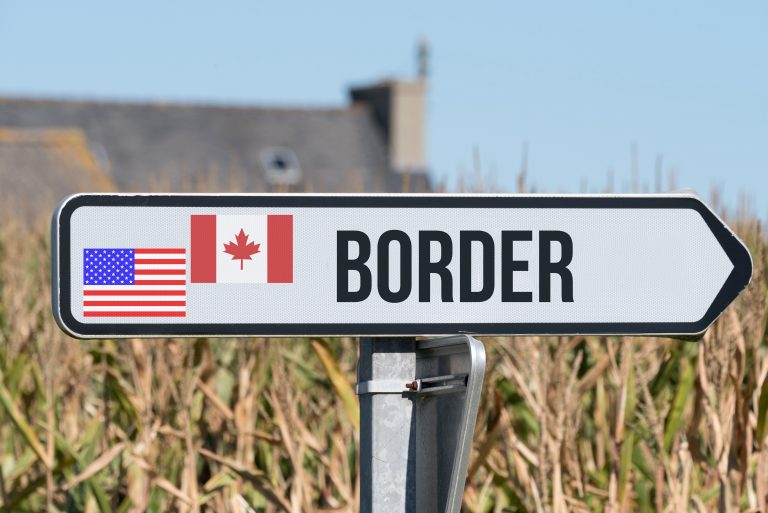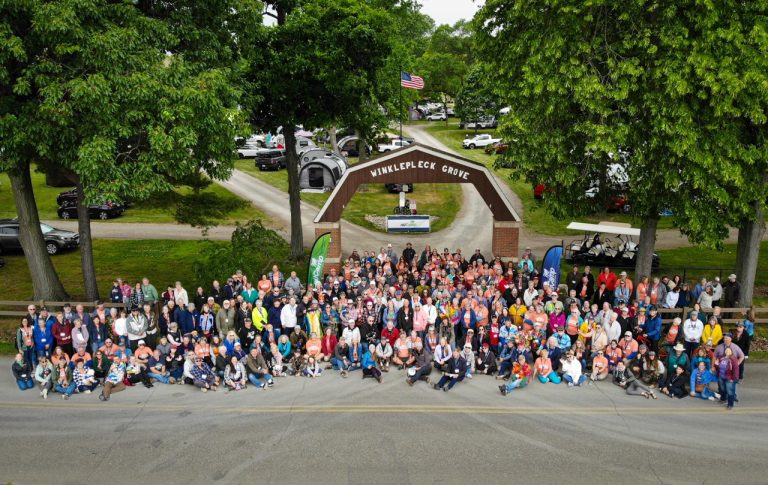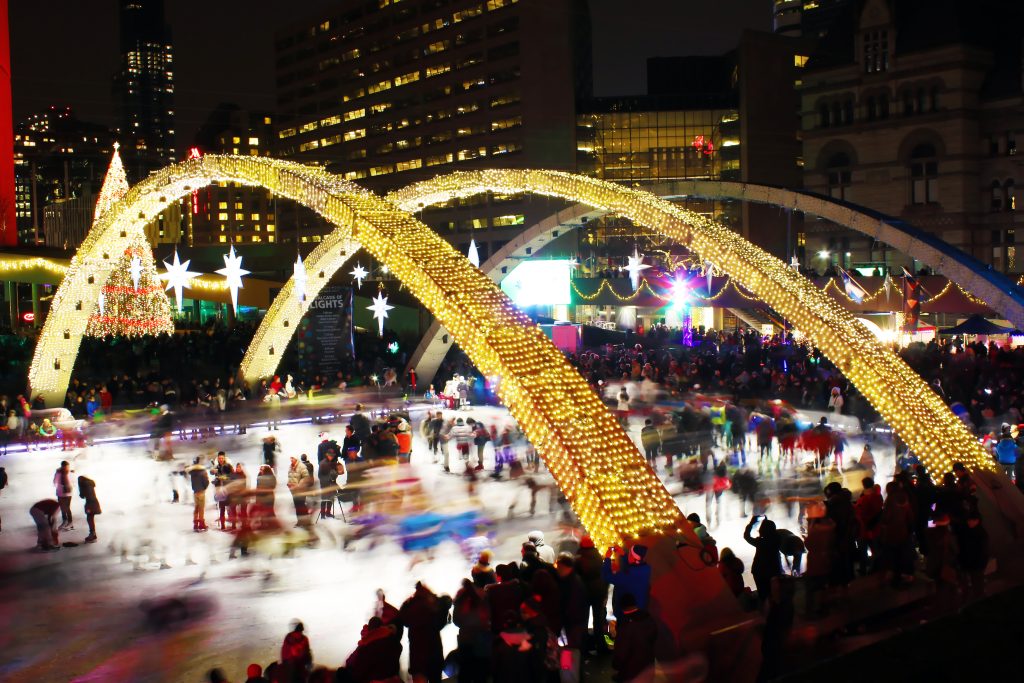Canada, often referred to as the Great White North, is a diverse and multicultural country known for its stunning landscapes, friendly people, and a rich cultural tapestry. Canadian holidays are a reflection of this diversity, celebrating the nation’s history, culture, and the natural beauty that defines the country. In this blog post, we will explore some of the most significant upcomingholidays celebrated across Canada, from coast to coast.
Remembrance Day
November 11 is Remembrance Day, commemorating the day the First World War ended: November 11, 1918.
According to the University of Alberta, the event began in 1931, with Canadians remembering those who fought with a two-minute silence at 11 AM. Remembrance Day honors not only those who have served in the past but also those who continue to serve their country during times of war, conflict, and peace. More than 2.3 million Canadians have served during both World Wars, the Korean War, and since then, and more than 118,000 have died, according to Veterans Affairs Canada.
Poppies are worn as a symbol of remembrance. The flower is highlighted in the famous poem “In Flanders Field” written by Lieutenant-Colonel John McCrae, a doctor serving with the Royal Canadian Army Medical Corps: “In Flanders fields, the poppies blow, Between the crosses, row on row…”
Ottawa is the site of the National War Memorial, The Tomb of the Unknown Soldier, and the Books of Remembrance, kept in the Memorial Chamber of the Peace Tower at Canada’s Parliament Buildings. Here in the States, November 11 is known as Veteran’s Day.
Anniversary of the Statute of Westminster
Celebrated on December 11, the Anniversary of the Statute of Westminster is an act of the British Parliament that affirmed Canada’s autonomy from the United Kingdom that took place in 1931. The act marked Canada’s evolution as an independent nation, with the Statute of Westminster seen, in many ways, as the foundation or charter of the present-day Commonwealth, according to the Canadian government.
The day is celebrated by flying The Royal Union Flag (commonly known as the “Union Jack”) along with the National Flag at airports, military bases, and other federal buildings and establishments within Canada, from sunrise to sunset. The day is observed throughout the country with educational and cultural activities to educate people about the history and significance of the Statute.
Boxing Day
Celebrated on December 26, the day after Christmas, Boxing Day is a federal holiday for public employees and schools, although it’s not uniformly observed in all provinces and territories. Boxing Day is also celebrated in the United Kingdom and many countries that were once part of the British Empire.
Its origins allegedly go back to medieval times when servants would be granted a day off and given gift boxes to mark the day. Other explanations are that it was a day when servants were permitted to take home the leftovers from Christmas celebrations, which possibly was the beginning of the Christmas baskets that some employers give their employees. Boxing Day is also known as St. Stephen’s Day—a Catholic saint known for his acts of charity.
Boxing Day is a big sports events day as well as a retail event similar to the Black Friday sales that take place in the U.S. after Thanksgiving, with sales lasting from Christmas to New Year’s Eve. (Note: in some areas, retailers are closed on Boxing Day, and sales start the day after.) So, if you’re traveling north during the November and December holiday season, you can still get your dose of retail sales by marking Boxing Day at a Canadian store!
Currency in Canada
Speaking of shopping, here’s what to know about Canadian currency. Experts recommend that you exchange your American currency for Canadian since some retailers won’t accept U.S. money. Parking meters, public transport, and laundromats also require Canadian coins. Canada’s currency is the Canadian dollar (CAD), available in 5, 10, 20, 50, and 100 dollar paper notes, and is often presented as C$, Can$, $, or CAD. Coins include 5 cents (nickel), 10 cents (dime), 25 cents (quarter), CAD 1 (loonie) and CAD 2 (toonie).
Most retailers accept Visa, MasterCard, and American Express, but EduCanada recommends checking with your bank regarding exchange rates and foreign transaction fees when using your card. You can also use a foreign debit or credit card to get cash from automated banking machines (ABMs), also known as automated tellers, although transaction fees may apply.
According to Knightsbridge, the best places to exchange American money for Canadian are banks, post offices, border crossings, and American Express locations, while the worst include airports, train stations, and tourist areas. Exchange rates fluctuate constantly, so monitor rates to get the best deal. You can check an online currency converter here.
Experience Canada
Canada has so much to offer with its beautiful scenery and expansive landscapes. Whether you’re a visitor or a resident, experiencing these Canadian holidays can be a memorable and enriching experience.
Recent Articles





